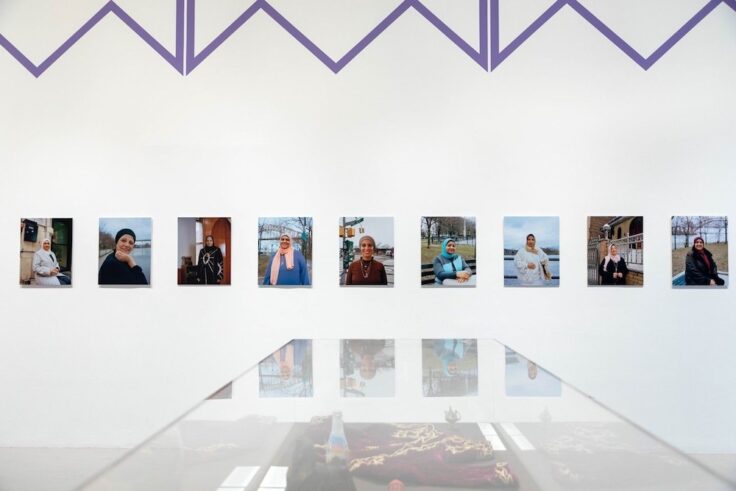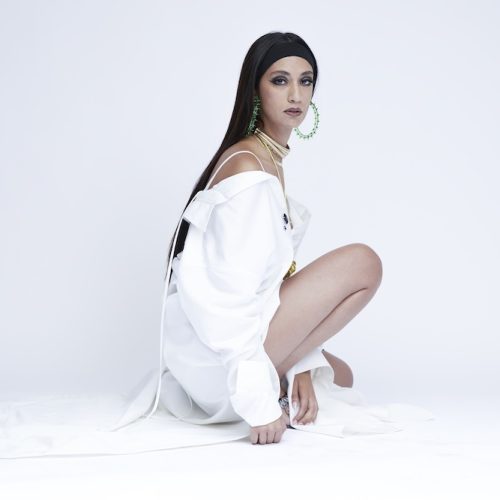As someone who’s lived abroad for most of my life, never getting to experience the joys (and downfalls) of living in your own country, it suffices to say that the the only times I felt somewhat closer to home, was in the Little Egypt’s, Edgware Roads, and the corner shops that would sell that one molokhia brand (Basma, to be precise) that by grandma would make for me back in Cairo. In these communities, I felt a little bit at home.
Now, Malikah, the global feminist collective committed to building safety and promoting women empowerment through self-defense, healing justice, and financial literacy, tells that very same tale in their latest exhibition, Homeroom, at MoMA PS1 in New York. The project was co-curated by the founder of Malika, Egyptian-American activist Rana Abdelhamid, as a response to “the displacement, gentrification, and systematic erasure of Little Egypt and the North African working class diaspora here in Astoria, Queens,” as per Abdelhamid’s Instagram post.
She adds, “Most importantly the exhibition captures the ways in which our community created safety for each other through mutual aid and collective resistance after 9/11 and in the face of gentrification and displacement.”
Here’s what you can expect from the exhibition:
Power and safety, القوة والأمان
A series of portraits of twelve women from Little Egypt and North African communities in Astoria, Queens by Lebanese photographer Sandy Ismail.
Migration Journeys
A series of interviews depicting the four-decade long history of the North African community in Astoria, Queens. A glimpse into the journeys of twelve women from the neighborhood directed by Mohammed Abdelhamid.
A Spring Sanctuary
A mural which is a nod to how business enclave along Steinway Street, “Little Egypt” has served as a safe haven in the face of housing and food insecurity as well as xenophobia, racism, and anti-Muslim violence by Burmese artist Sarah Maung.
Community Artifacts and Migration History Timeline
Allows Egyptian and North African working class people to tell their own stories for the first time. As opposed to western museums, where most of our historical objects are scattered after all it is our story to tell.
The exhibition will be running until October 9, 2023 so make sure to catch it if you’re in the Big Apple.










